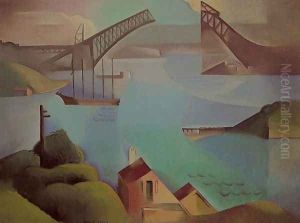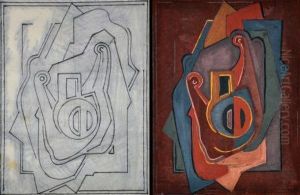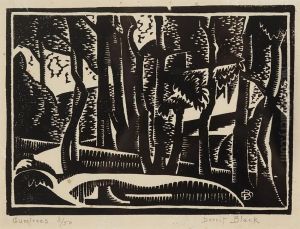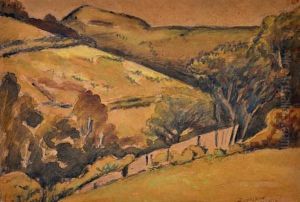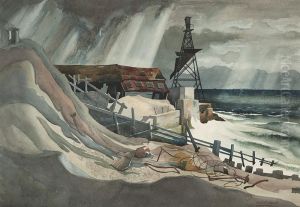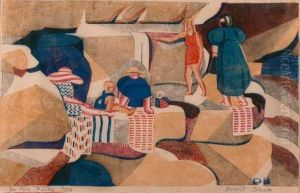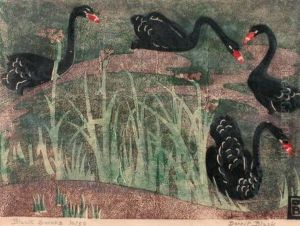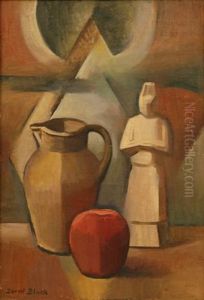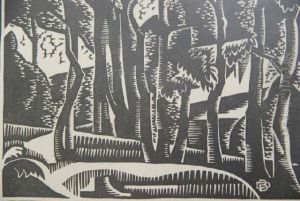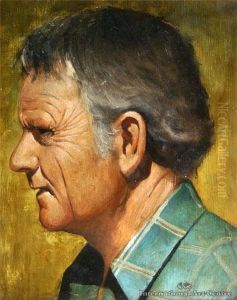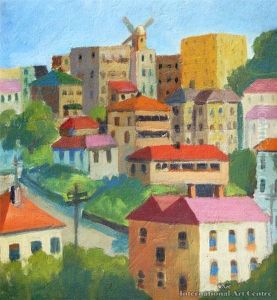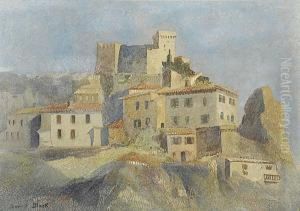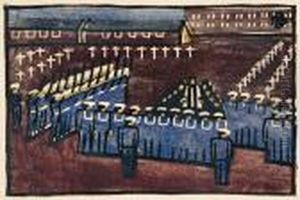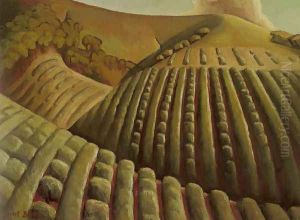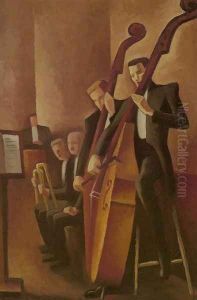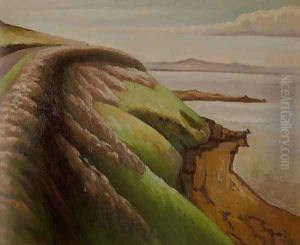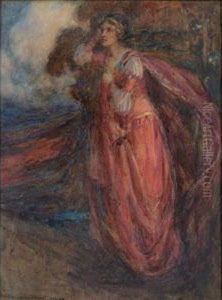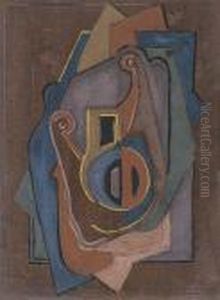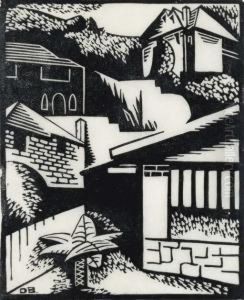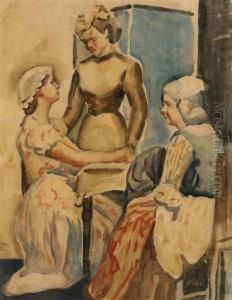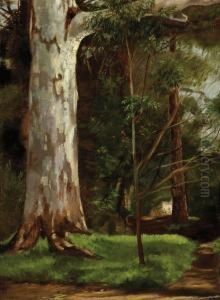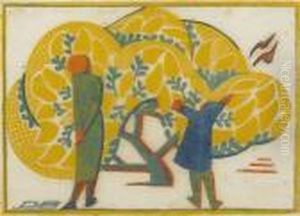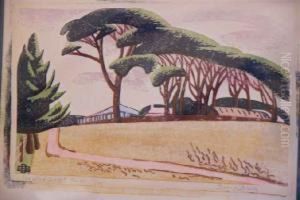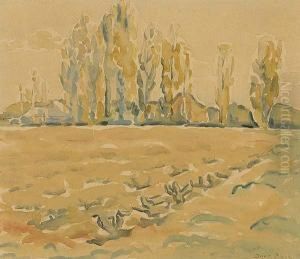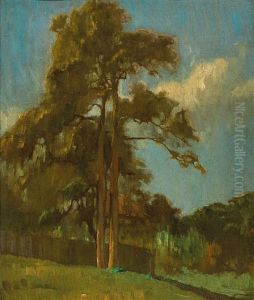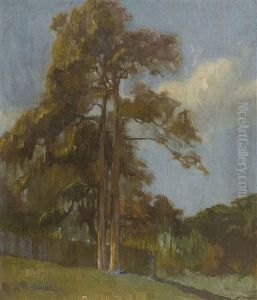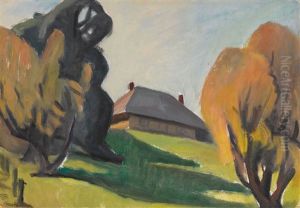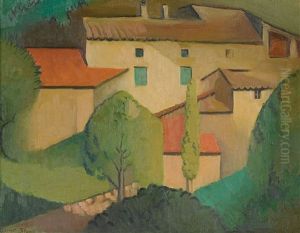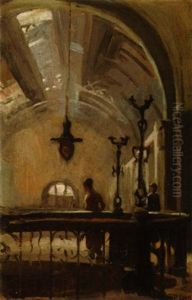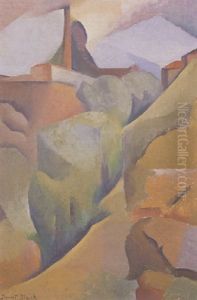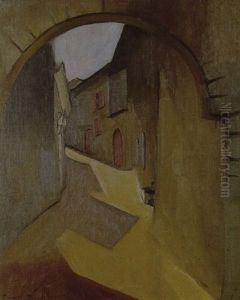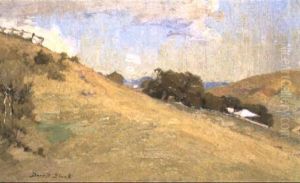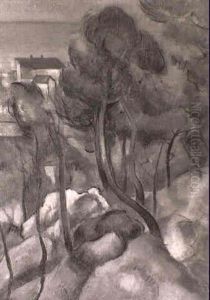Dorrit Black Paintings
Dorrit Black was an Australian artist, known for being a pioneer of modernism in Australia. Born on December 23, 1891, in Adelaide, South Australia, she was one of the first Australian artists to work within the modernist movement, and she helped introduce the style to her home country after studying abroad.
Black's early education was at the South Australian School of Arts and Crafts where she studied under Margaret Preston, another key figure in Australian art. In the early 1920s, Black moved to Sydney and continued her art studies at the Julian Ashton Art School. Seeking to further her education and immerse herself in the modernist movement, she traveled to Europe in 1927.
While in London, she studied linocut techniques at the Grosvenor School of Modern Art under Claude Flight. Black then moved to Paris to study at André Lhote's Academy, where she absorbed elements of Cubism, and later at the Académie de la Grande Chaumière. Her time in Europe had a profound impact on her style, and she began to incorporate the geometric forms and vibrant colors characteristic of modernist art into her work.
Returning to Australia in 1929, Black became an advocate for modern art and was instrumental in its promotion through her teaching and exhibitions. She opened the Modern Art Centre in Sydney in 1931, the first of its kind in Australia, where she showcased her own work and that of other modernist artists. She was also involved in the formation of the Contemporary Group in Sydney, further supporting the growth of modernism in Australian art.
Throughout her career, Black was known for her landscapes, linocuts, and still lifes. Her work often reflected a synthesis of European modernism with Australian subjects, particularly in her landscapes, where she captured the unique light and shape of the Australian environment.
Dorrit Black's contribution to Australian art was significant, yet she remained somewhat overlooked during her lifetime. It was not until after her death in a car accident on September 13, 1951, that her work began to receive the recognition it deserved. Today, she is celebrated as a key figure in the story of Australian modernism and her works are held in major galleries across the country.
